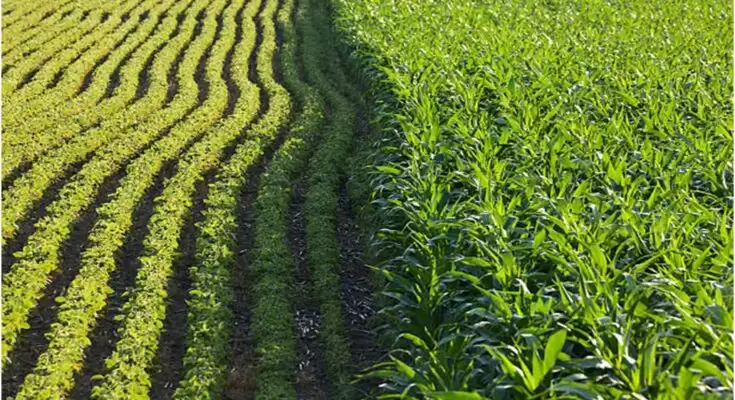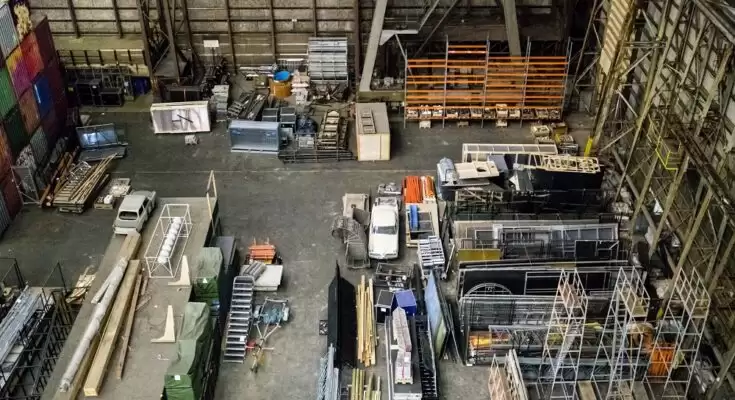Modern infrastructure development and construction depend heavily on steel fabrication. It entails forming steel into precise shapes and sizes by cutting, bending, welding, and creating unique metal structures. Steel fabrication has completely changed how we build homes, bridges, and other structures, and its many advantages make it the material of choice for structural design, so don’t be afraid to check these ideas out ASAP.
Steel Fabrication: A Crucial Element in Structural Design
Any construction project must include structural design, and steel fabrication is a crucial step in creating a sturdy framework. Steel is a very adaptable substance that is strong, long-lasting, and fire- and corrosion-resistant. The process of turning raw steel into a product that can be used in different structural designs is known as steel fabrication.
Building beams, columns, trusses, and other components for use in building buildings, bridges, and other structures requires cutting, bending, welding, and assembly of steel sections. There are various advantages of using steel fabrication in structural design.
The ability to construct steel structures to endure extreme weather, earthquakes, and other natural disasters is one of its most important benefits. Steel constructions are a cost-efficient and useful option for building owners because they are also very fire-resistant and simple to modify or expand.
The Benefits of Steel Fabrication in Construction Projects
From residential buildings to commercial skyscrapers, steel fabrication is essential to construction projects. Steel is transformed from raw material throughout the fabrication process into a variety of parts that may be put together to form a variety of structures. Steel is a fantastic material because of its strength, longevity, and versatility in construction projects.
Steel constructions are excellent choices for buildings and other structures that must withstand tough environments since they are very resistant to corrosion, fire, and weather. There are various advantages to using steel fabrication in construction projects.
One of the biggest benefits is that steel structures can be built fast and effectively, cutting down on both construction time and expenses. Steel is an excellent choice for building on unstable or uneven terrain because it is lightweight and doesn’t need as much support or foundation.
Structural integrity and durability
The safety and longevity of any structure are directly influenced by structural integrity and durability. Steel is one of the sturdiest and most long-lasting building materials available, making it perfect for structures and buildings that must survive severe weather and large loads.
Additionally, steel buildings are resistant to corrosion, vermin, and fire, guaranteeing their long-term stability and endurance. Steel is the material of choice for high-rise constructions, bridges, and other infrastructure projects requiring long-term dependability and safety due to its strength and durability.
Design flexibility
The design flexibility that steel manufacturing provides is one of its most important benefits. Steel is the ideal material for building distinctive and cutting-edge constructions since it can be molded and formed into nearly any design.
Curves, angles, and other delicate details can be incorporated into complicated shapes and designs that would be challenging or impossible to do with other materials thanks to steel production. Steel can be used by designers and architects to build spectacular, distinctive structures that go beyond what is possible with conventional building techniques.
Steel structures are also quite adaptable, so they may be created to match the particular needs and specifications of the construction project. Proper steel fabrication has become a crucial component of construction projects because of its many advantages, offering a solid and long-lasting basis for buildings and structures all over the world.
Cost-effectiveness
Another important consideration in choosing construction materials is cost-effectiveness. A practical and affordable option for structural design is steel fabrication. Steel is widely accessible and simple to work with, which shortens the construction process and lowers labor expenses.
The fabrication process is effective, producing little waste and scrap. Steel buildings also require less maintenance and have a long lifespan, which over time lowers replacement and maintenance expenses. Steel is a more affordable option than other materials, offering good value for money and a decent return on investment.
Sustainability
Modern construction processes increasingly take sustainability into account. A sustainable option for structural design is steel manufacturing. Steel is a recyclable substance, allowing for reuse and repurposing in various applications. Recycling steel helps to conserve energy and resources by reducing the demand for new mining and manufacturing.
Steel buildings are a sustainable option for environmentally aware builders and developers since they have a lower carbon footprint than other types of construction materials. Steel is a responsible and sustainable material choice that adheres to the ideals of sustainable development.
Steel structures are a sustainable choice for construction projects since they can be recycled and are environmentally benign. Steel fabrication has become a vital component in structural design due to its adaptability, toughness, and affordability, making it an important factor to take into account for every building project.
Safety and Security
The construction sector is highly concerned about safety and security. For structural design, steel fabrication offers improved safety and security characteristics. Steel buildings are a secure option for structures and infrastructure in places vulnerable to earthquakes, hurricanes, and other natural catastrophes because of their strong resistance to these events.
Steel buildings are also very safe since they can withstand graffiti, theft, and other sorts of damage. Steel constructions are a favored option for government and military installations, hospitals, and other high-security buildings because they can increase security and give building owners and occupants peace of mind.
Ease of assembly and customization
Steel fabrication is a great option for building projects that need short turnaround times and flexibility because it also offers the simplicity of assembly and customization. Off-site prefabrication of steel buildings can speed up development while causing the least amount of disruption to the neighborhood. Steel structures are a flexible alternative for projects that may need upgrades or alterations in the future because of how simple they are to modify or expand.
Steel can be cut and formed into any size or shape, making it possible to create customized solutions that are specific to each project’s requirements. Modern infrastructure development and construction depend heavily on steel fabrication. It offers a variety of advantages mentioned here, so make sure you take them all into consideration in the future.
Steel is formed by cutting, bending, welding, and shaping it into predetermined shapes and sizes to produce custom metal structures that are tailored to the requirements of each project. Steel fabrication will remain a crucial component of the building industry as the world expands and changes because it offers inventive, strong, and long-lasting solutions for structural design.











